It seems like everybody who deals with puerh is trying to get the old price back, although which old price depends on your vantage point.
I went to Maliandao today. I was there to buy some gifts for somebody, as well as buying some tea for myself. I had planned to buy some of the Bulang cakes (aka sample 1), which I only have one of right now. So I went to the store — the only store on Maliandao that has it — and hoped to get some more.
It was on the shelf, just like last time, although the girl who sold the two to me wasn’t there, which isn’t a good thing, as I had hoped for a smooth and quick transaction. I asked the girl working there how much the tea is, hoping for an easy quote…. but I got a quote of more than four times what I paid last time.
Lovely.
Incensed, I started telling her in a rather angry tone how I bought two cakes last time at my previous price, and I didn’t even bargain about it because I was only buying two cakes (I didn’t tell her that also because I thought it was really good value). No no no, she said, it couldn’t be. There’s no way they sold that tea to me for so low. It must’ve been another one. It’s below their cost, etc etc….
I will spare you the whole details of our discussion and arguments, but about two hours later, I got her to agree to sell it to me at the price I paid last time. I was hoping for a better price than last time before I went, partly because I was buying more this time than last, but at this point, I really didn’t have it in me to continue any further, and I really have no reason to believe she will budge any further.
Then… apparently, she couldn’t find it in the store. We looked, and looked, and looked… and indeed, no tongs of this tea was to be found. They might have it in their warehouse, but trying to find a tong or two of a tea in a warehouse is a pretty meaningless exercise, at least on such short notice. I ended up leaving just with the four bings that were in the store… less than what I had hoped for, but alas, this is what I had to live with. At least I got my old price back.
While there, I did try a cake that she purports to be a Shuilanyin from the 80s, which sounds fishy. The tea couldn’t be more than 10 years, and most likely is less than 10 years. Smells of storage, but not wet storage. Not great at all, and asking for far too much.
I then went to Xiaomei’s store to ask for information on something. While there, two people came in whom I’ve met before. Turns out after some discussion that one of them actually owns a lot of tea — something I wasn’t aware of previously from our prior conversations. The guy has jians of, among other things, Menghai’s Classic 66, Gongting Qingbing, Yiwu, “Big Bokchoy” (a nickname for a Banzhang tea that sells for something like 1000 RMB a cake)… etc etc. From the sounds of it, this guy has at least a million RMB worth of tea sitting in storage. I think he’s at Xiaomei’s store to try to push some teas on her to sell for him — he brought along samples. Xiaomei, from what I understand anyway, thinks Menghai tea is too risky now to enter the market. The only time she does anything with them is if she has secured a buyer already, and then connects the buyer and seller and essentially takes a small commission. Holding any Menghai tea is very risky.
Anyway, this million RMB Menghai owner was saying to me how this current dip in the market, with Menghai prices being about half of what it was early this year, is just an opportunity. New spring teas are, once again, starting to arrive from the factory. Guangzhou already received new teas — first time in two months, and the 702 batch of 7542 is all sold out already. There’s rumblings that prices will rise again, and this is a great time to buy some more Menghai tea again and catch this wave.
Somehow, I could almost feel this guy was trying to get me to buy some tea. Perhaps he thinks I actually have that kind of money to spend on tea, and perhaps he’s just getting desperate. Very early on in the conversation I already said Menghai is too pricey for my tastes, but he kept going on and on about how great their teas are. I could feel a sales pitch.
I escaped with a phone call, but it’s clear that some other people — those with great stocks but nowhere to sell them to — are hoping for the old price. It’s just that in their case, they want the higher one. I can imagine many, many, many people being in the same boat, having bought a boatload of tea a while ago and now wondering how they can turn it into cash, unless they want to start cooking with the tea leaves for food. This makes me think that whatever rise in price we might see in the next few months might be quickly quashed by some people who will be eager to use the slightly higher price to get rid of stock on their hands. I also can’t imagine the same fervour in buying that has gripped the market in late 2006. People are now very, very aware of the risks of this investment (as evidenced, among other things, by yesterday’s article), and are, in my opinion, unlikely to jump in with the same enthusiaism.
I ended my trip today with a stop at a Wuyi tea shop, since this was the stop for the gift buying. I went in, told them how much of their 200 RMB/jin shuixian I wanted, in what kind of packaging, paid, and left… no fuss, and all done in minutes. I sat down just to chat with the owner a bit and try one of their new teas while the packing was being done. No bargaining either — prices, at least at this store, are more or less fixed. I didn’t even try the shuixian I bought, since I’ve bought a bunch before and know it’s quality. I must say it was a welcomed relief compared to the endless testing, bargaining, doubting, and regretting in the world of young puerh.

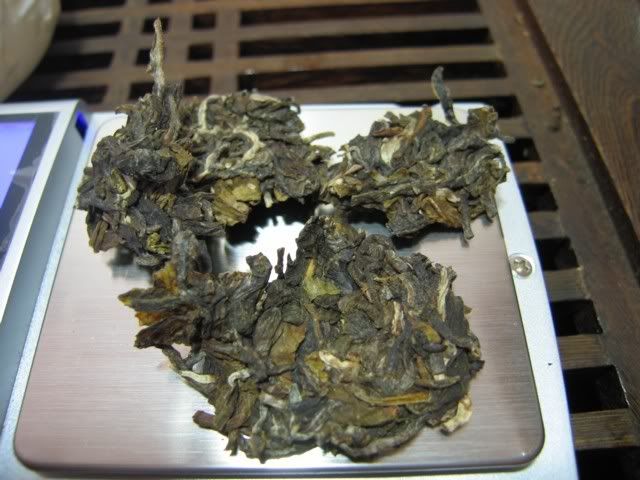



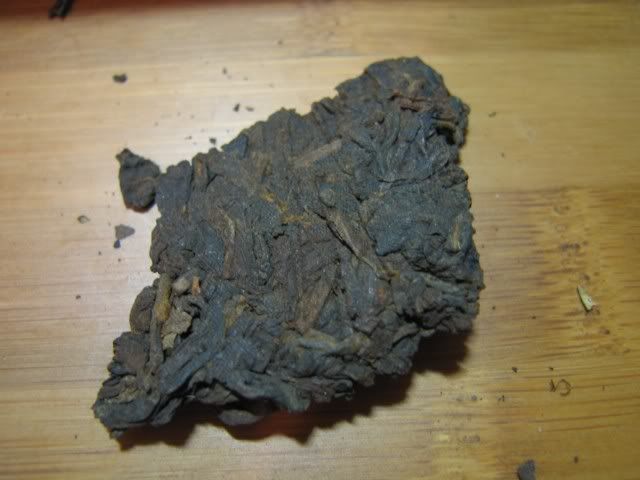
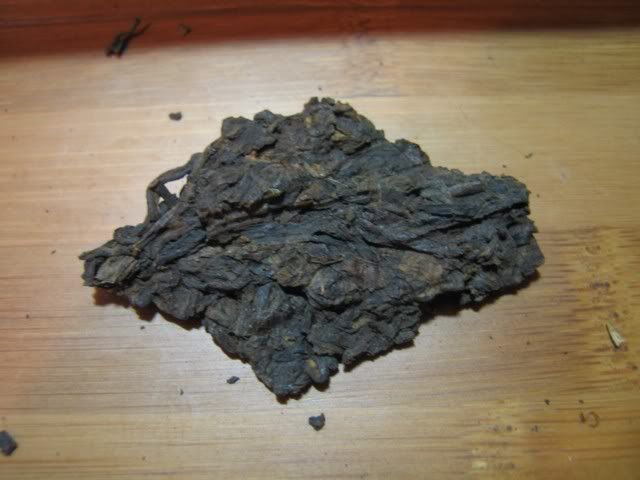
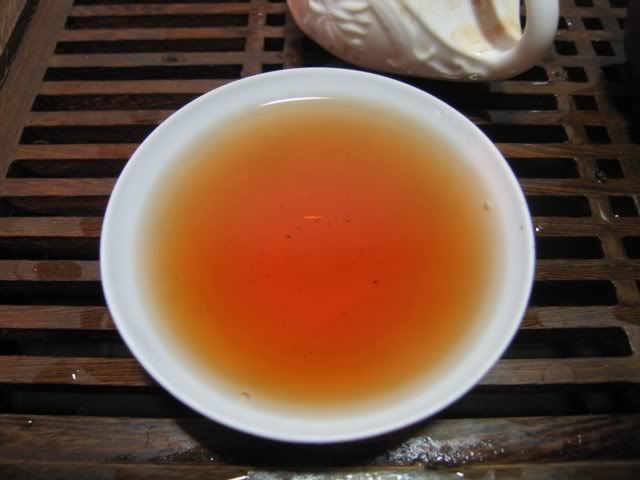
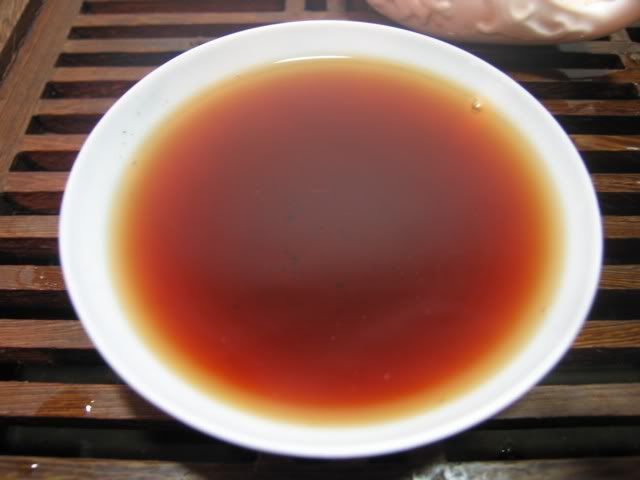
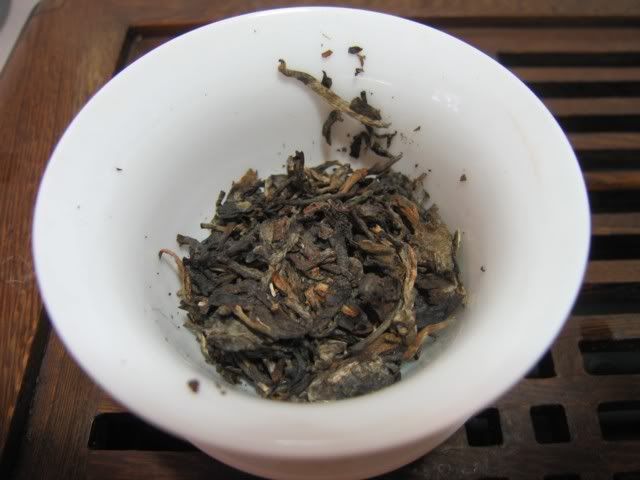
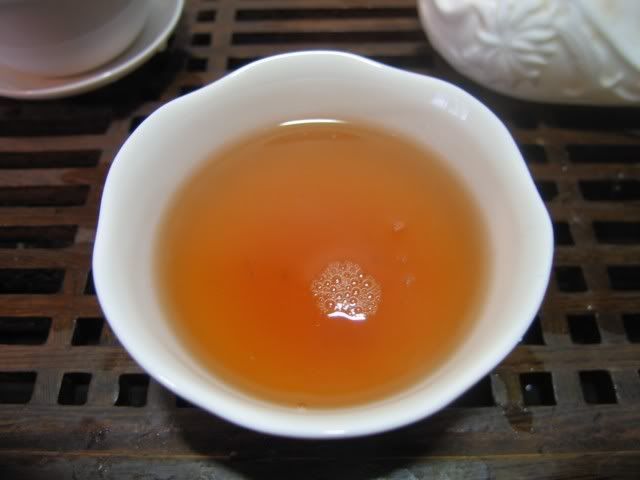
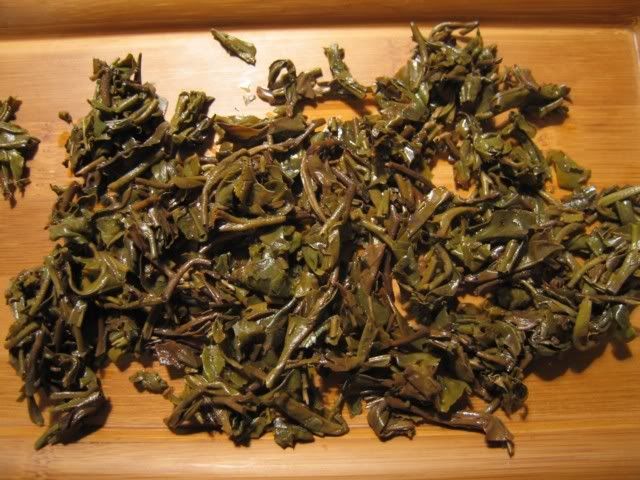



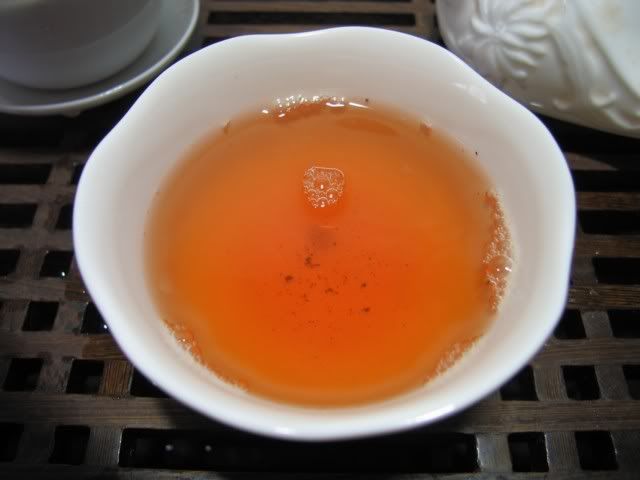
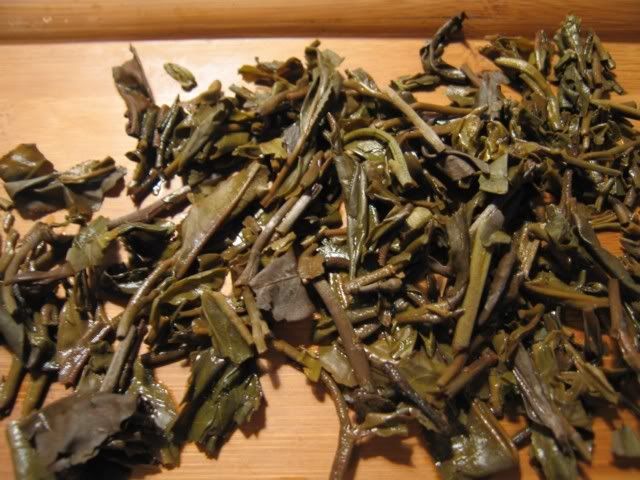


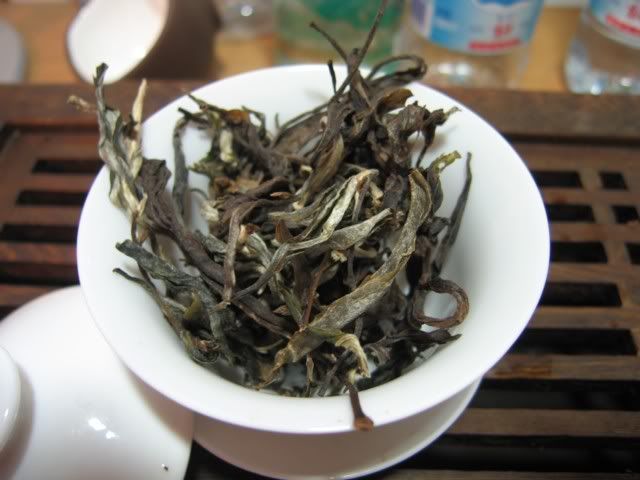


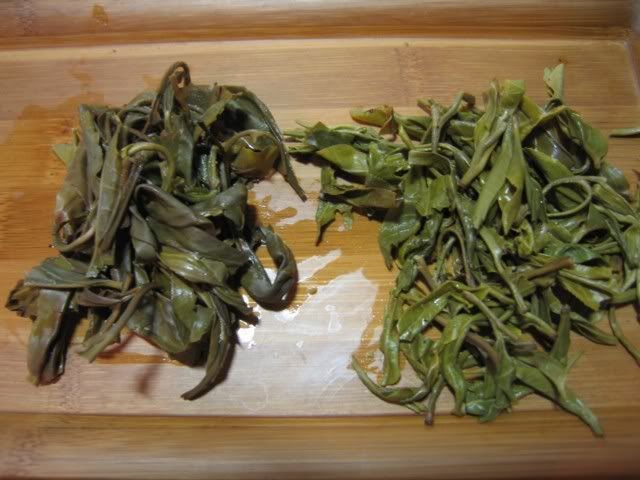

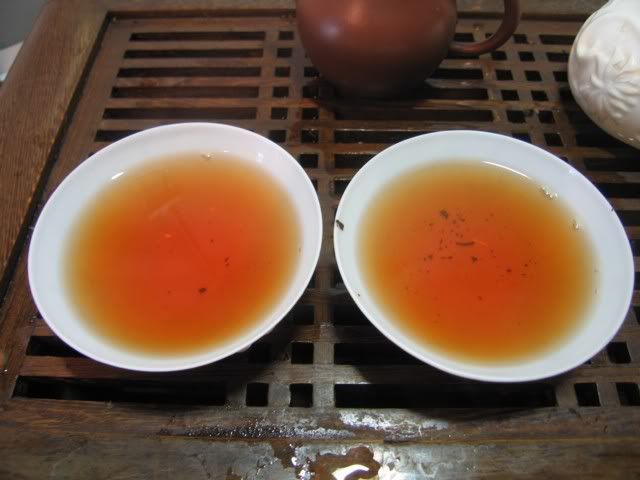



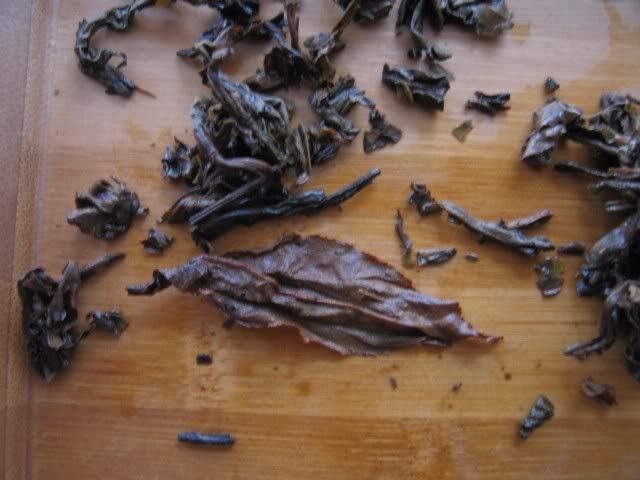

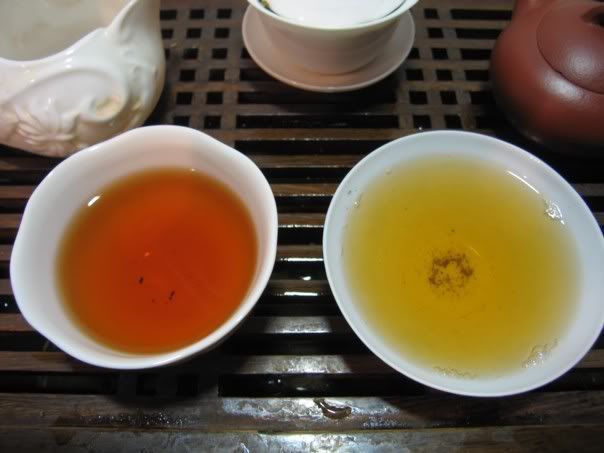
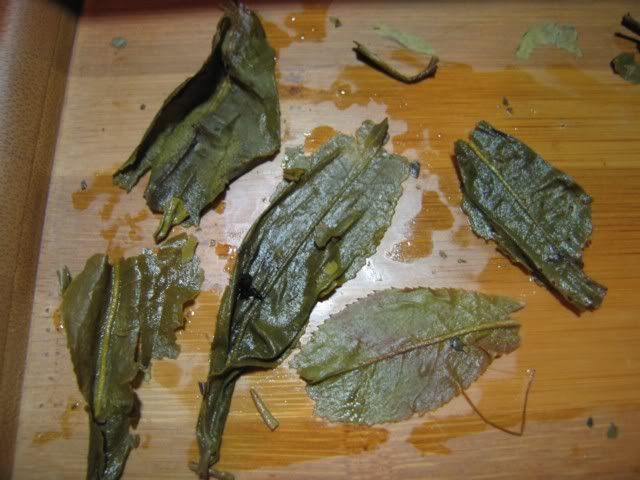

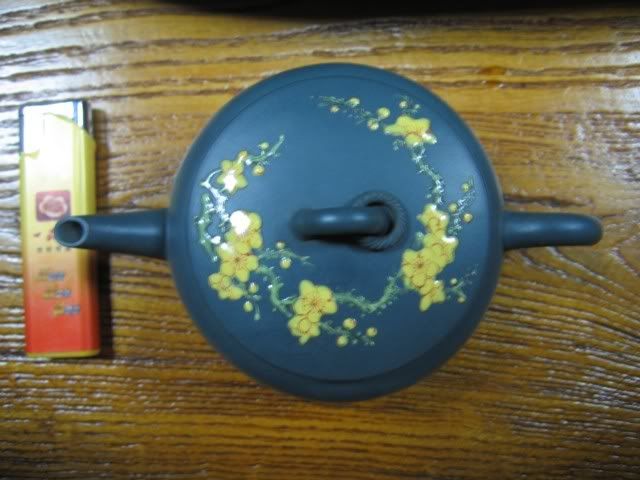
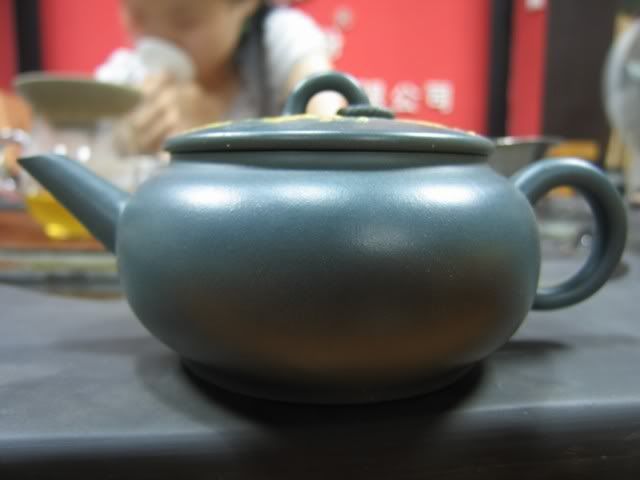
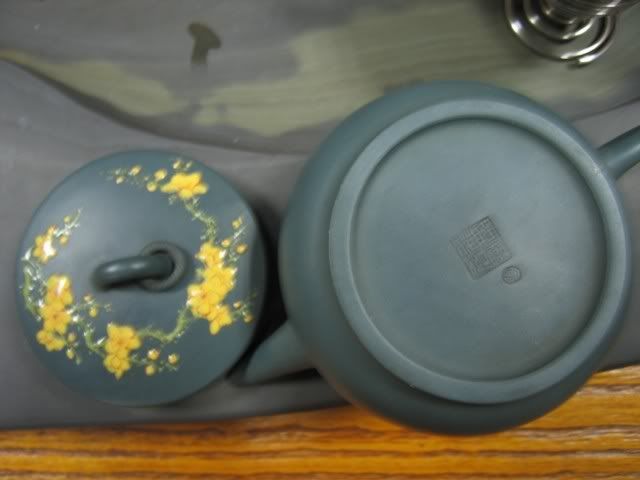

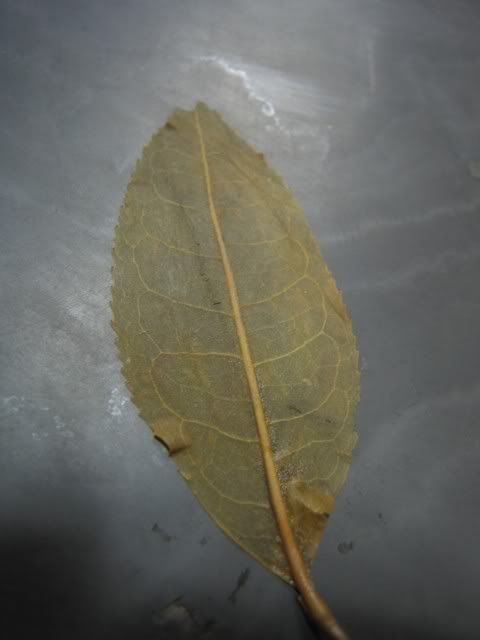
I just want to say that I still find your blog and writing extremely relevant. Thanks!